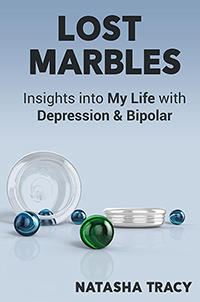The Separation of Depression and Bipolar in the New DSM-5
The Diagnostic and Statistical Manual of Mental Disorders (the DSM) is frequently called psychiatry’s “bible.” I, however, would not pen it that way. I would suggest that the DSM is simply a guideline for the diagnosis of mental illness. It lists the criteria one has to have in order to be diagnosed with a mental illness.
And, as the name of this post suggests, the DSM is releasing its fifth major version – the DSM-5 – in just a couple of weeks.
Now, the DSM-5 has been controversial from the get-go and I have said that much of this controversy is overstated, but some of the changes do have fundamental nosological implications. In other words, some of the changes in the DSM-5 can change how people fundamentally think of certain mental illnesses.
The DSM-5 Cuts the Chord between Depression and Bipolar
And one of the changes in the DSM-5 is the separation of major depression and bipolar disorder into their own chapters. No longer is there a chapter called “Mood Disorders” with both disorder types listed (Can we still call them mood disorders?). Now they each represent a separate category.
This may seem like a small change, and I’m not going to have a fit over it, but I will say that I think it was the wrong move.
Read More








Recent Comments